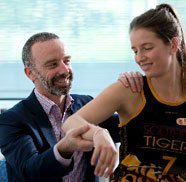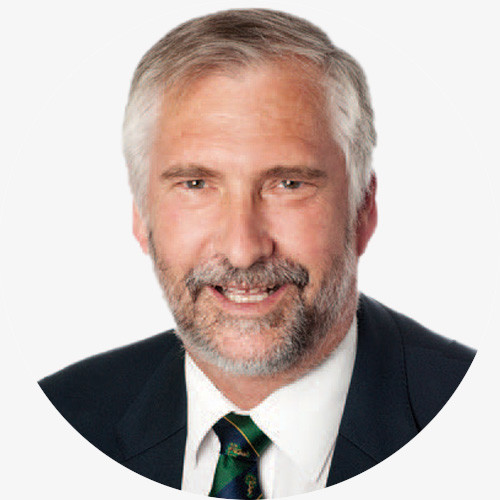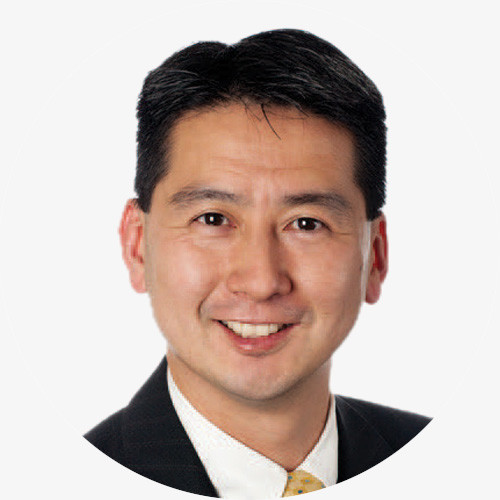Biceps tendinopathy
Biceps tendinopathy is pain and tenderness in the biceps tendon caused by inflammation or swelling of the muscle.
The tendon is structurally weaker and at higher risk of rupture.
Tendinopathy is accompanied by a SLAP lesion in up to 95% of cases.








